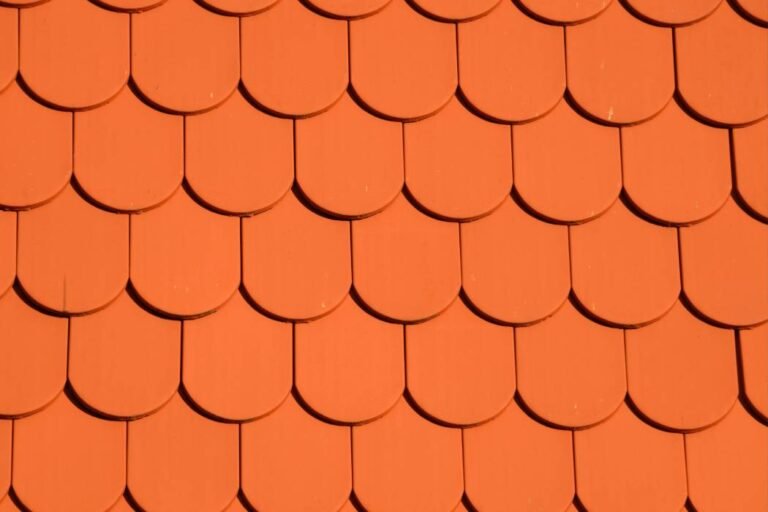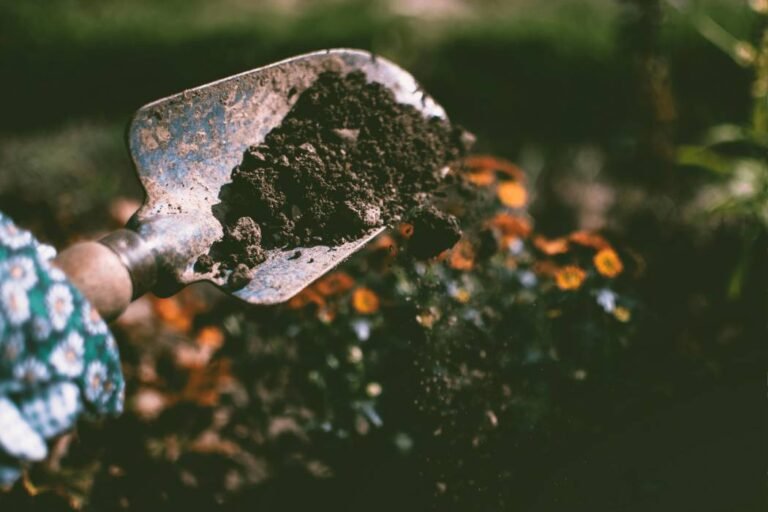Gardening can be a fun and satisfying hobby, but it often needs a lot of water to keep plants healthy. With increasing concerns about water shortages and the environment, it’s important to find ways to save water while still maintaining a beautiful garden. Fortunately, there are several simple adjustments you can make to reduce water use without sacrificing the health of your plants. Below are some tips to help you conserve water, save money, and keep your garden green.
1. Build Healthy Soil
One of the most effective ways to save water is by building healthy soil. Healthy soil acts like a sponge, soaking up water and releasing it slowly to your plants. When your soil is rich in organic materials, it holds moisture better, reducing the need for frequent watering. To improve your soil, regularly add compost, mulch, or other organic materials. Not only does this help with water retention, but it also gives your plants the nutrients they need to grow strong and healthy. Well-nourished plants are more resilient during dry spells, which means you won’t need to water them as often.
2. Mulch Everything Possible
Mulching is an easy and effective way to conserve water in your garden. Adding a layer of mulch, such as wood chips, grass clippings, or leaves, helps keep moisture in the soil by reducing evaporation. Mulch acts like a protective blanket over your soil, keeping it cool and damp, even in hot weather. This is particularly useful during the summer months when water evaporates quickly. Another benefit of mulching is that it helps control weeds, which compete with your plants for water. By reducing weeds, more water stays available for your garden, ensuring healthier plants.
3. Use Drip Irrigation and Timers
Efficient watering is key to conserving water in your garden. Instead of relying on traditional sprinklers, consider using a drip irrigation system. Drip irrigation delivers water directly to the roots of your plants, which reduces water waste due to evaporation and runoff. You can also use soaker hoses to target specific areas that need watering. Pairing drip irrigation with timers allows you to set specific watering schedules, preventing overwatering. This not only conserves water but also ensures your plants get the right amount of hydration. Timers are especially helpful for busy gardeners who might forget to turn off the water.
4. Water at the Right Time
The time of day you water your garden is just as important as how much water you use. The best time to water your garden is in the early morning before the sun gets too hot. Watering in the morning reduces evaporation, allowing plants to absorb more water. If you can’t water in the morning, evening is the next best option, but be careful not to soak the leaves overnight, as this can lead to fungal growth. The key is to avoid watering during the hottest part of the day, when the sun causes water to evaporate quickly before it can reach plant roots.
5. Group Plants by Water Needs
Different plants have different water requirements. To save water, it’s smart to group plants with similar watering needs together. For example, drought-tolerant plants like succulents require less water and should be planted in areas that get less irrigation. Plants that need more water should be placed closer to your water source so you can give them the extra attention they require without wasting water on hardier plants. This strategy ensures that each plant gets the right amount of water without excess waste, helping you conserve water and keep your garden healthy.
6. Water Deeply and Less Frequently
Instead of watering your garden a little every day, aim to water deeply but less frequently. Deep watering encourages plants to grow deeper roots, which helps them access water stored further underground. Plants with deeper roots are more drought-resistant and require less frequent watering. By watering deeply, you also help your soil retain moisture for longer periods, reducing how often you need to water. Stick to a regular watering schedule, but adjust it based on weather conditions. For example, if it’s been raining, you may not need to water for several days.
7. Fix Leaks and Optimize Equipment
A well-maintained irrigation system is essential for water conservation. Regularly check your garden hoses, sprinklers, and irrigation systems for leaks or blockages. Even a small leak can waste a significant amount of water over time. By fixing leaks promptly, you’ll save water and lower your water bill. Also, make sure your sprinklers are positioned correctly to water only your plants and not areas like sidewalks or driveways. Adjusting the direction of your sprinklers can make a big difference in how efficiently you use water in your garden.
8. Harvest Rainwater and Reuse Gray Water
Collecting rainwater is an excellent way to water your garden without relying on tap water. You can set up a rain barrel under your gutters to collect runoff from your roof. This water can be stored and used during dry periods to keep your garden green. Rainwater is free, and it’s often better for plants than treated tap water. You can also reuse gray water, which is water from activities like washing dishes or taking showers. As long as you use plant-safe soaps, gray water is a great resource for watering your garden and reducing your overall water consumption.





